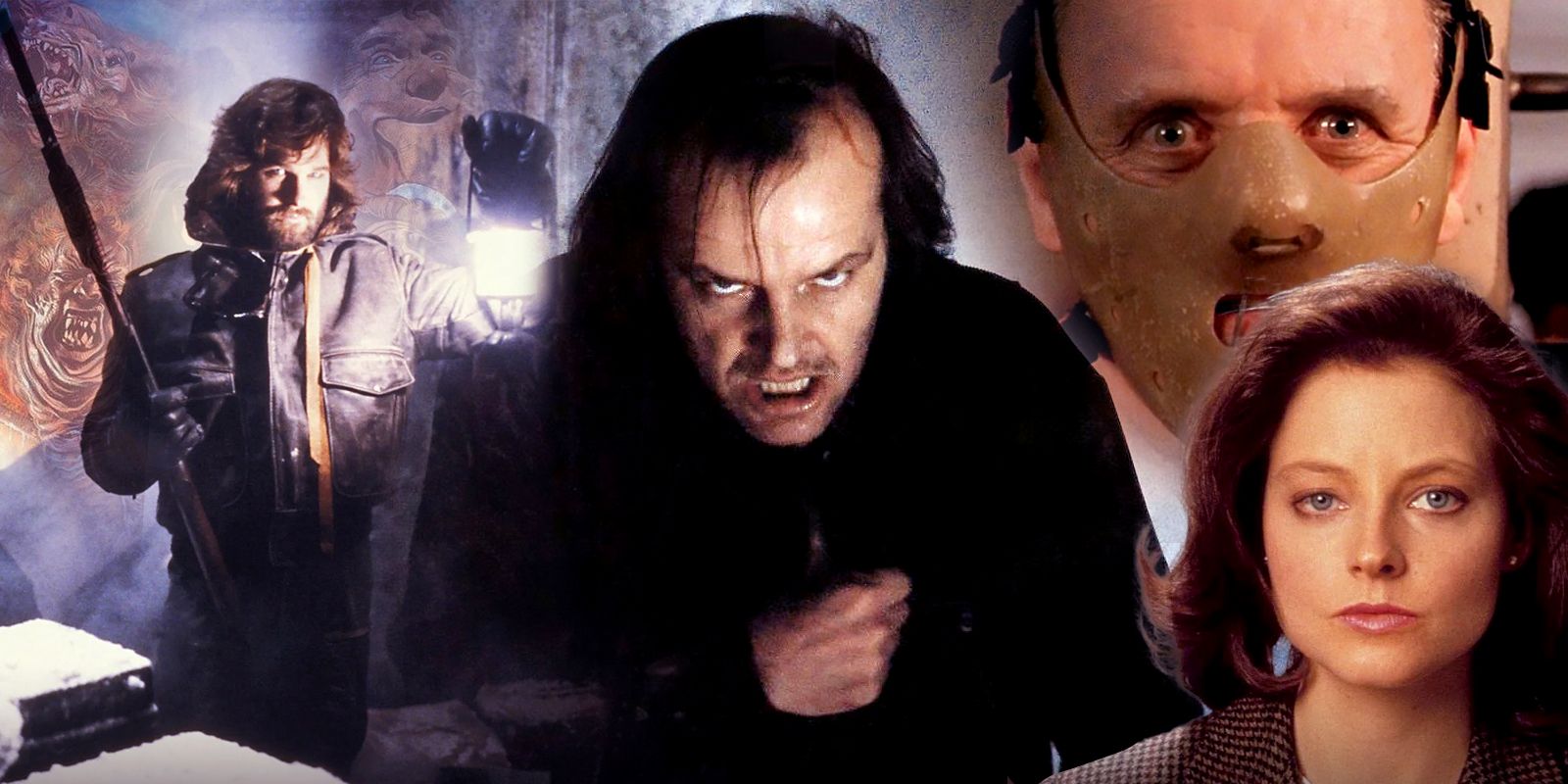
Psychological horrors possess an uncanny ability to penetrate the psyche of audiences in ways that regular horror movies don’t, often despite their well-timed jump scares. The impact of these films lingers for extended periods, sometimes haunting viewers for days or even weeks after viewing. The experience can be likened to a game of cat and mouse between the filmmaker and the audience, where tension builds relentlessly and the plot lines are unsettlingly disturbing.
From “Speak No Evil” to “Jacob’s Ladder”, a variety of films within this genre have sent fans into chills. Some fear stems from external sources, but much comes from inside as the narratives delve deep into viewers’ psyches. The scariest psychological thrillers thrive on the unknown, turning viewers’ darkest fears into reality. It’s strongly advised to keep the lights on when watching these; the most potent psychological horror movies are not for the sensitive-hearted.
The Seminal Folk Horror Movie Makes Humanity the Monsters
Robin Hardy’s “The Wicker Man” is a cornerstone of folk horror and continues to be one of the genre’s unsung masterpieces. Despite a flawed initial release, years spent in obscurity, and the tarnished fame of the Nicolas Cage remake, it has managed to maintain its status among the greatest horror films ever made. In this chilling tale, Edward Woodward portrays Sergeant Howie, a police officer on a mission to find a missing girl in an isolated Scottish village that still adheres to ancient pagan rituals. Though initially appearing harmless, it becomes evident to Howie that the villagers harbor dark intentions for their May Day festivities, as he suspects they plan to sacrifice the girl.
Hardy and screenwriter Anthony Schaffer delved deeply into ancient pagan practices, particularly James Frazer’s 19th-century work The Golden Bough. They depict religious fervor as a terrifying reality, driving people to commit heinous acts in the belief of appeasing an unseen deity. This theme forms the foundation of the folk horror genre and is brilliantly executed here. To cap it all, Christopher Lee delivers one of his finest performances ever, subtly adding an air of plausibility to the eerie narrative.
Alfred Hitchcock Tells The Story of an All-Too Believable Monster
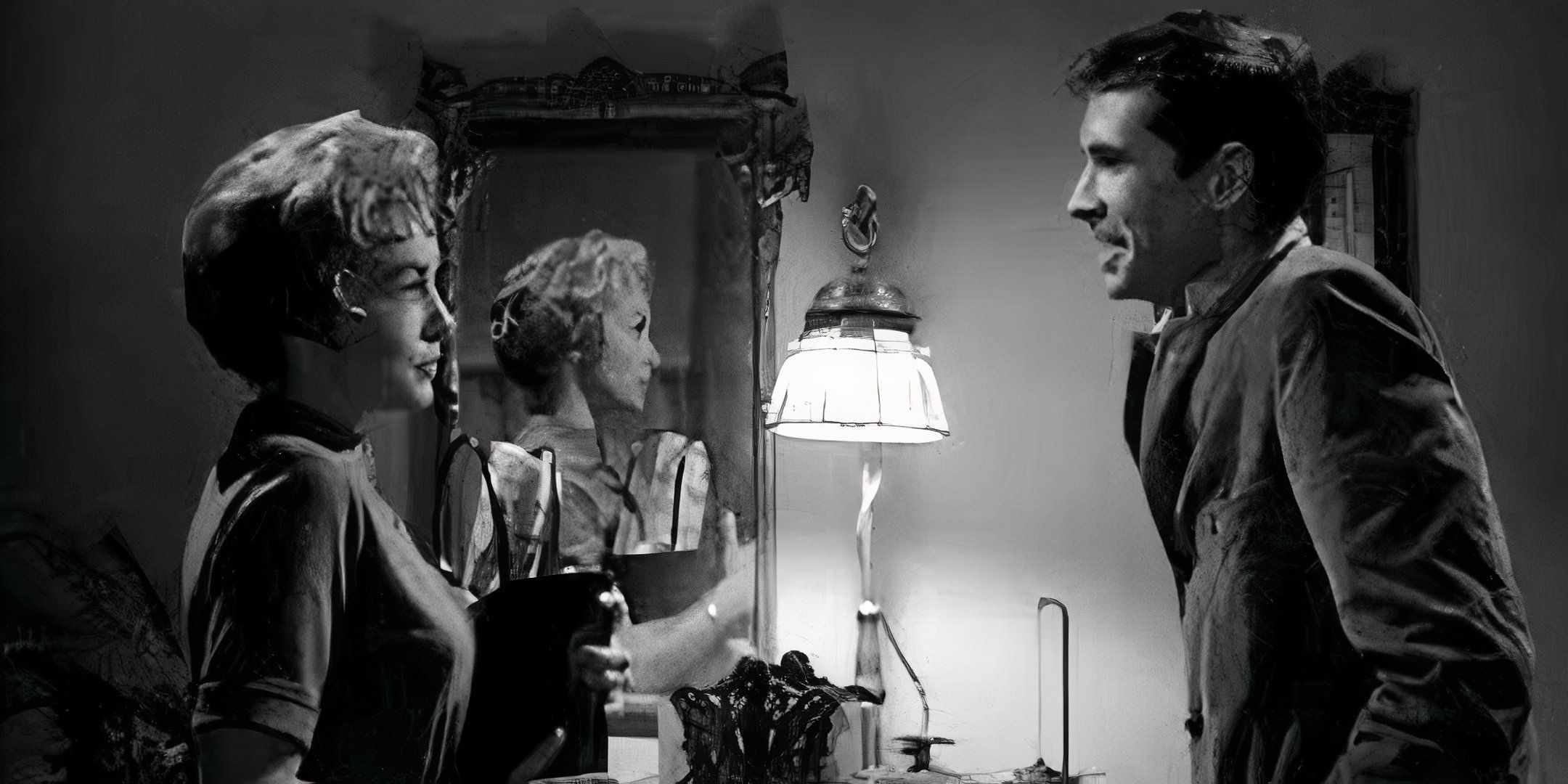
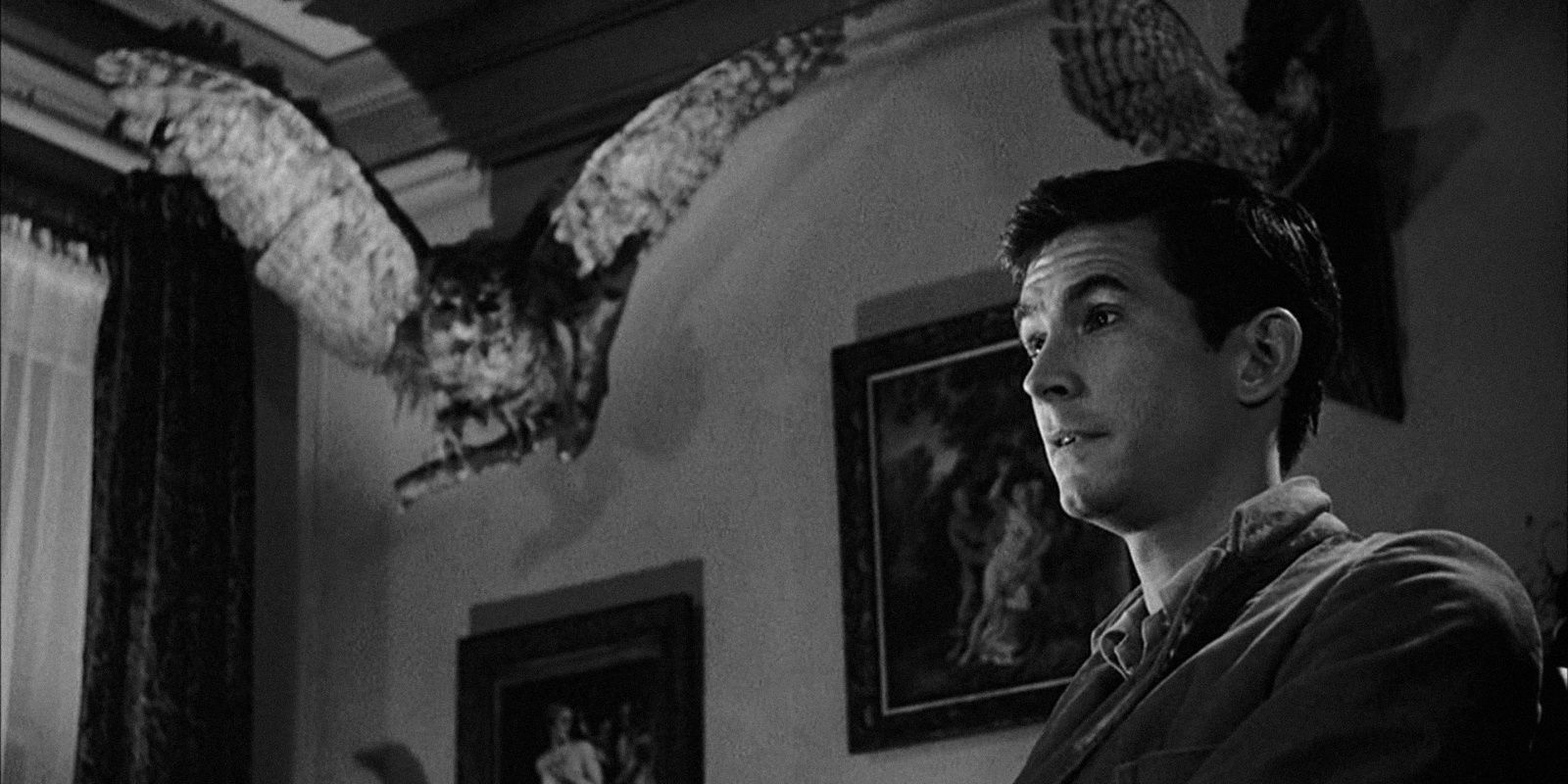
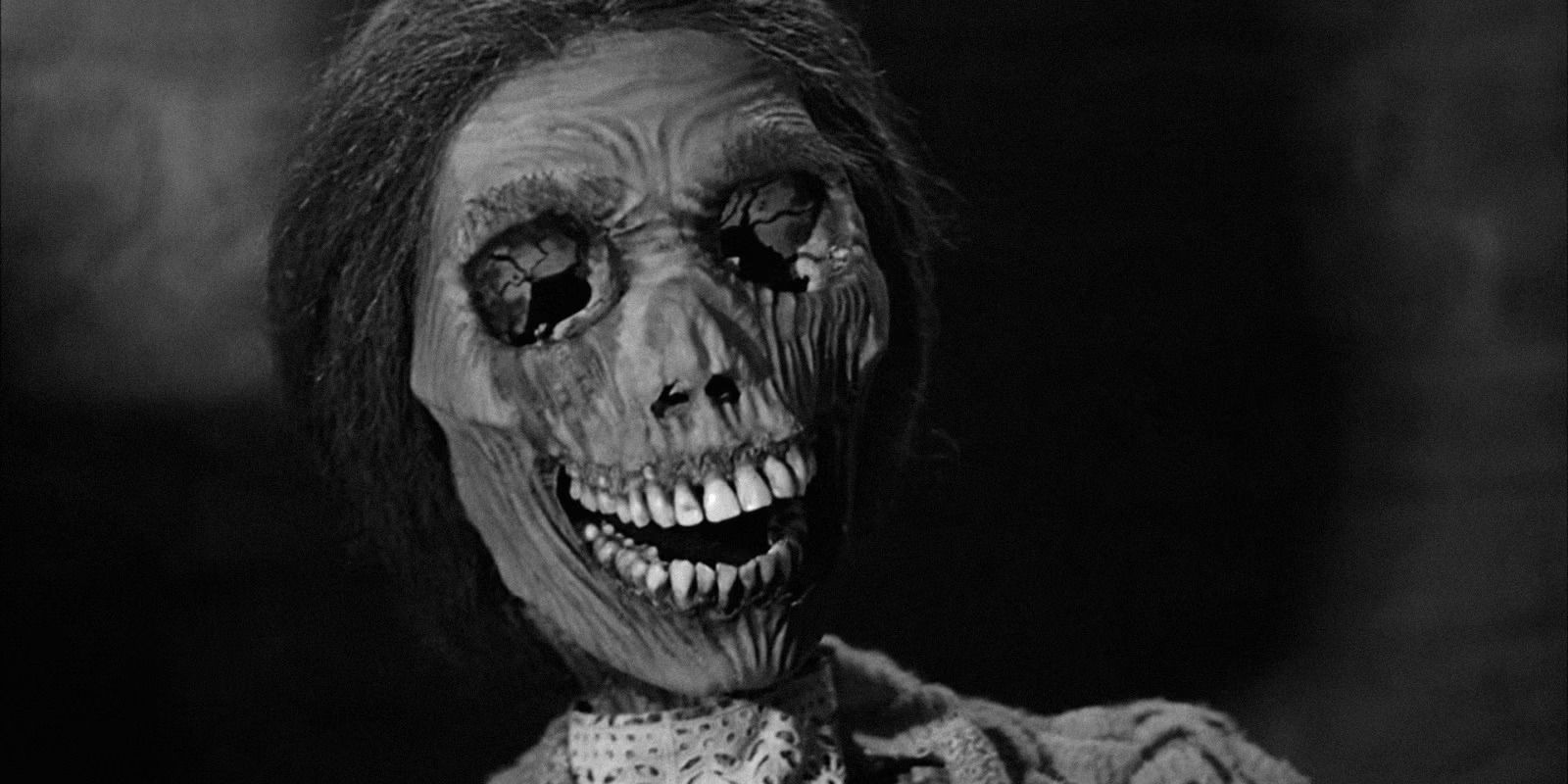
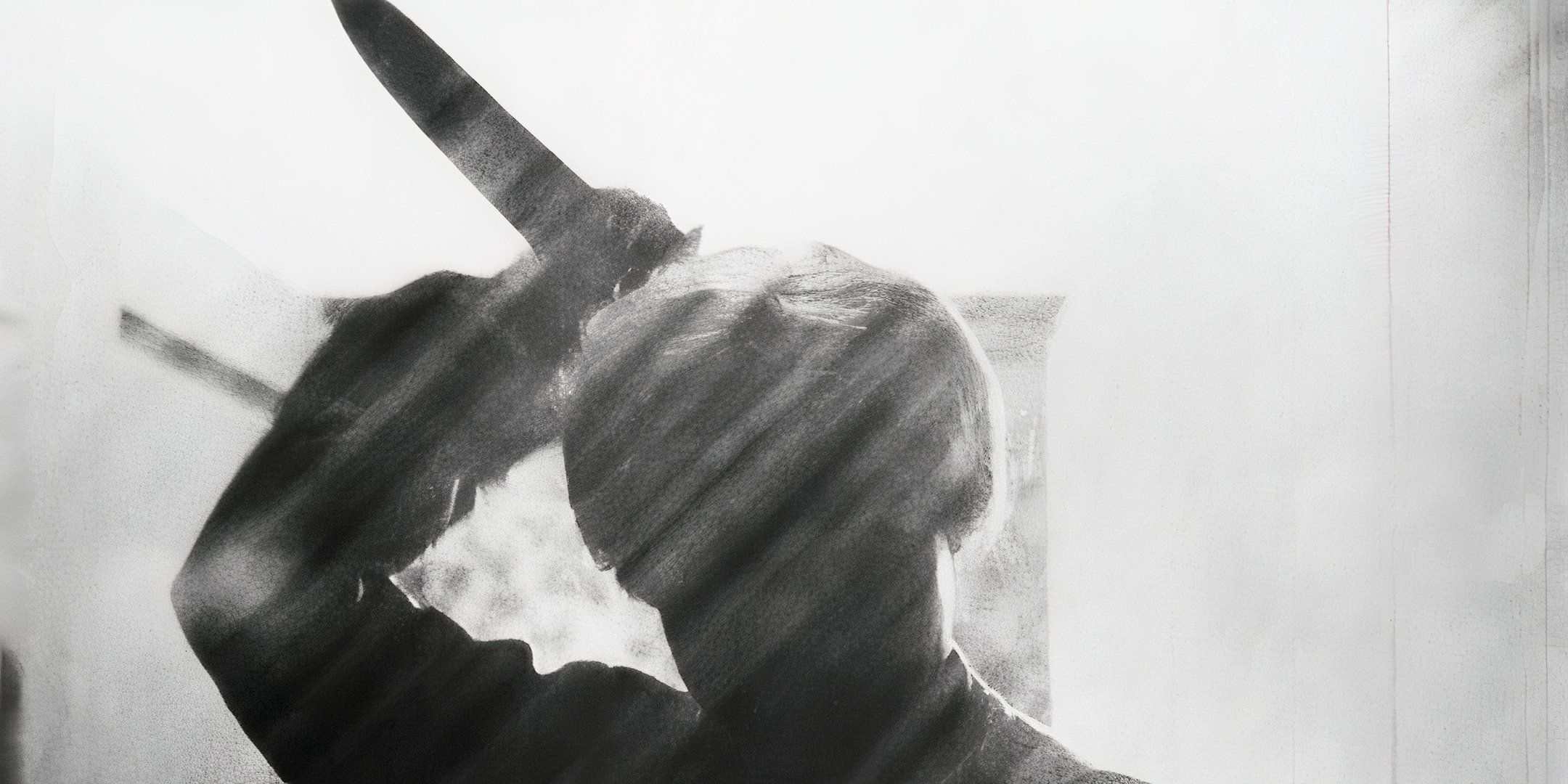
In 1960, when Alfred Hitchcock directed it, Psycho seemed like a shady attempt to make money due to its gritty subject matter. The story is based on a thriller novel by Robert Bloch and features a transvestite serial killer who slays young women at a secluded motel under the instructions of his mother’s corpse hidden in the basement fruit cellar. Despite Hitchcock’s command over large budgets and A-list stars, as demonstrated in movies like North by Northwest and To Catch a Thief, he chose to make this film on a shoestring budget, using the crew from his television show “Alfred Hitchcock Presents,” working in black-and-white.
Typically, he was confident in his actions, using the perceived lack of polish in the production as an opportunity to innovate and challenge cinema norms in unexpected and startling manners. The character of Norman Bates, modeled on real-life serial killer Ed Gein, was not endowed with supernatural powers; instead, his terrifying acts were rooted in reality, requiring no otherworldly explanation to terrify viewers profoundly. This film became a cultural sensation, transforming the horror genre and sparking a wave of reality-based horror films that imitated its success. Since then, cinema has never been the same following this groundbreaking debut.
The TV Movie Was So Good It Received a Theatrical Release
Steven Spielberg’s illustrious career kicked off on television, where he directed episodes for shows like ‘Night Gallery’, ‘Columbo’, and ‘Marcus Welby, MD’. This paved the way for his initial feature film, ‘Duel’, which was initially a TV movie on ABC. Due to its success, it was released in cinemas with an extra 16 minutes of footage, marking the beginning of Spielberg’s long line of masterpieces.
This timeless tale was written by screenwriter Richard Matheson, inspired by a real-life event involving an 18-wheeler truck. In this narrative, Dennis Weaver portrays a long-distance traveler who finds himself pursued by a psychotic truck driver, intent on his demise for an unknown offense. Although Steven Spielberg’s directorial prowess was yet to fully bloom, his keen sense of what resonates with audiences is evident even in this early work. The truck serves as a chilling representation of the unseen driver, and its occasional appearances in Weaver’s rear-view mirror are more harrowing than the suspenseful moments when it looms ominously close. This tale sets the stage effectively for future Spielberg thrillers like “Jaws” and others to come.
Subjective POV Links the Audience to a Woman Losing Her Mind
Roman Polanski’s “Repulsion” was significantly influenced by Alfred Hitchcock’s trailblazing work, “Psycho,” and it resulted in a profound, unforgettable cinematic achievement that explores the subjective point of view. In this film, Catherine Deneuve portrays a woman who, due to the relentless pressure from men and their sexual demands, experiences a horrifying descent into psychological disarray. The movie delves deep into her perspective, making it difficult for viewers to distinguish reality from hallucination, mirroring her own confusion.
Regrettably, the director has been accused of sexual misconduct spanning several decades, which casts an uncomfortable shadow over the film. Despite this, its impact on later horror movies such as Black Swan and Requiem for a Dream is undeniable, making it a crucial watch in the genre. Deneuve’s acting performance continues to send shivers up the spine.
The Movie Engendered Controversy for a Steamy Sex Scene
Initially, when Angel Heart debuted, it was primarily the sensational sex scene between Mickey Rourke and Lisa Bonet that captured headlines. At that time, Bonet was renowned as the eldest daughter of the Huxtable family in the popular show The Cosby Show. This notoriety intensified the media frenzy when she seemingly contradicted her wholesome persona by starring in this adult-themed movie. However, with the passage of time, the controversy has subsided, leaving behind a critically acclaimed occult thriller as Angel Heart’s enduring legacy. In the movie, Robert De Niro portrays an enigmatic businessman while Rourke takes on the role of Harry Angel, a morally questionable New York detective hired by this mysterious character to locate a vanished band leader who had breached an unidentified agreement.
Initially, I found myself delving into a gritty neo-noir enigma, but as the characters I interacted with started meeting their untimely ends, and a shadowy figure seemed to be setting me up for crimes I didn’t commit, it morphed into an unsettling horror tale. However, it wasn’t until the very end that the film unveiled its true nature as a full-blown horror story, serving as a stark reminder of the insidious human evils that relentlessly pursue even the most cautious among us. Angel Heart, in my opinion, stands out as one of the genre’s overlooked masterpieces.
Viewers Can Feel Helplessness of Excision’s Protagonist
Excision is a disturbing teen drama that takes a dark turn in every conceivable direction. The protagonist, Pauline, is an outcast who harbors an unhealthy fascination with surgery. She uses roadkill as her makeshift patients to hone her surgical abilities, though the motivation behind her career choice could stem from something far more complex. In addition, Pauline experiences vivid, gruesome dreams with hints of sexual themes. Meanwhile, her younger sister, who lives with cystic fibrosis, urgently requires a lung transplant.
The unsettling aspect of the movie Excision lies in the fact that viewers’ worst nightmares may actually materialize. As Pauline’s mental stability deteriorates, so does her capacity to differentiate reality from dreams. The film masterfully portrays mental illness in a deeply unsettling manner, culminating in a tragic ending. One cannot help but wonder why no one noticed Pauline’s precarious state of health. The powerlessness felt when witnessing someone in her predicament, unable to recover and instead spiraling downwards, would strike terror into the hearts of most viewers.
The Demands of Politeness Backfire on The Invitation’s Guests
The Film Known as “The Invitation” creates a sense of confinement and unease. Its tense atmosphere might even give horror enthusiasts with overactive minds a hard time. The suspense in this film is intricately woven and refined. Every character is handled delicately to ensure no subtle clue goes unnoticed. Consequently, the foreshadowing leading up to the final disclosure makes the anticipation truly chilling.
At an eerie dinner gathering, attendees find themselves in a precarious situation, drawn by the prospect of reconnecting with a mourning mother and her companion. Overlooking signs of peril, the guests decide to remain, driven by a desire for reunion. An uneasy feeling that something isn’t right fills the room, but everyone maintains their composure and remains silent. The event gradually transforms into something malevolent and ritualistic, and just as they believe they’ve escaped to safety outside, flickers of red light suggest they are not alone in the darkness.
Session 9 Thrives on the Realness of Horror
Before we reach Session 9, there are eight previous sessions. The film’s title hints at a gradual buildup, like a ticking clock, leading inevitably to a climax. With a casual, documentary-like aesthetic, Session 9 stands out from typical theatrical movies due to its authentic portrayal of real-life horror. What truly sets this movie apart is its understated approach and resistance to sensationalizing its content.
In Session 9, the recordings from therapy sessions don’t communicate with the characters in eerie whispers. Instead, they unsettle viewers through a chilling countdown. The movie was filmed at the actual Danvers State Hospital, a location famous for paranormal encounters. Unlike other horror movies, Session 9 chooses to stay true to reality rather than fabricating fear. Delving into the real-life history of psychiatric institutions is enough to reveal the genuine horror that exists. What makes Session 9 so terrifying is the fact that authentic horror is a reality.
The Audience is Being Played in Last Shift Alongside Everyone Else
New police officer, Jessica, embarks on her initial duty at an empty precinct for the night shift. As she explores the area, strange occurrences start to transpire – she hears unexplained noises and receives cryptic phone calls. The more time she spends there, the more she wonders about what’s truly happening and what might just be in her mind. Last Shift is a chilling horror movie that leaves a lasting impression on viewers due to its intense psychological elements.
In the realm of the fantastical and fear-inducing, the audience’s imagination fuels dread in the shadows. The movie “Last Shift” gradually ratchets up tension, skillfully manipulating eerie moments that can unsettle even the most resilient minds. The atmosphere is ominous and eerily chilling, aiding in the crafting of a grim ambiance. Although the plot isn’t complex, it cleverly emphasizes sensory experiences. One objective of “Last Shift” is to toy with the viewers’ perceptions through Jessica.
Protagonist Jacob Suffers the Backlash of His Trauma
Jacob’s Ladder delivers a nerve-wracking and thought-provoking journey through a confusing narrative. It’s eerie and intensely disturbing, as viewers may struggle to make sense of it all, even after the movie ends. The story confronts some of life’s most harrowing experiences such as war, losing a child, and marital collapse. These themes are interwoven in haunting visuals and an engaging plotline.
The movie, Jacob’s Ladder, vividly portrays how tragedies relentlessly haunt both the psyche and the physical self, leaving an unsettling impact on viewers. This film is not easily forgotten; it offers a deeply chilling, intimate experience that leaves its mark. While some may struggle to comprehend the intricate plot, those who manage to decipher it often view it as a masterwork that deserves greater acclaim.
Se7en’s Story Slowly Drains Every Single Drop of Hope
Among David Fincher’s most impactful films, it’s the shocking finale in “Se7en” that leaves a lasting imprint due to its intense disturbance. The antagonist in “Se7en” is not just a serial killer but possesses the fervor of a religious cult leader. The title “Seven” signifies the seven deadly sins in Christianity and also the seven days before the experienced detective Somerset’s retirement. Partnered with a novice cop, Mills, the duo embarks on a journey to…
In this grim and unsettling universe, the duo tracks a series of grisly crime scenes, each one more horrific than the last. The movie, titled Se7en, appears relentless in its quest to extinguish any remaining shreds of optimism. As the climax looms ominously, the detectives are unwittingly led into a deadly snare. In their efforts to halt the crimes, they may unknowingly contribute to the culprit’s grand design. Despite the gritty ambiance of Se7en, audiences will find themselves shuddering with deep-seated emotions.
Things Soon Cross the Point of No Return
In contrast, the 2024 edition of Speak No Evil concludes with the defeat of the antagonists, unlike its 2022 counterpart. This climactic ending leaves a lasting impact on viewers. The movie explores the consequences of politeness over action when faced with warning signs, leading audiences on an harrowing odyssey and eliciting cries of “No!” throughout. The first two acts are tense and full of tension.
At every juncture, the pair chooses poorly out of fear of being impolite, eventually leading to their downfall. Patrick and Karin present themselves as one person, but they are not who they appear to be. They subtly overstep boundaries and gradually push the other couple into a dangerous situation. The movie concludes on a more somber note, with the sinister duo admitting that the tragedy occurred because the other couple allowed them to do so: “It was all your fault, because you gave me the chance.
Audiences Soon Lose Their Trust in Smile’s Protagonist
In the film “Smile“, mental illness and horror intertwine, casting doubt on the protagonist Rose’s narration. The antagonistic entity mercilessly torments Rose in various ways, causing viewers to question both her psychological state and the authenticity of the events unfolding. The movie skillfully exploits ambiguity to create a tense, edge-of-your-seat experience. Rose’s past, marked by her childhood encounter with her mother’s suicide, heavily influences the narrative, making it more about her struggle with trauma.
When a patient bares their teeth menacingly and then slits their own throat in front of Rose, claiming they’re possessed by an entity, it casts a shadow of doubt on whether her account is trustworthy. This chilling movie effectively instills fear even into something as common as a smile. It leaves one questioning where reality ends and illusion begins for the protagonist.
Clockwork Orange’s Main Character Becomes a Shell of His Former Self
In simpler terms, the disturbing Stanley Kubrick movie titled “A Clockwork Orange” features a main character named Alex, who is cruel and violent towards others. Throughout the film, Alex and his gang of friends engage in destructive activities during their nights out. The movie contains graphic violence and intense scenes, but it’s the events that unfold when Alex is arrested and imprisoned that make the story truly unsettling.
In a groundbreaking experiment, Alex undergoes behavioral therapy designed to alter his instinctual behaviors. However, this procedure provokes severe Post-Traumatic Stress Disorder symptoms in him. Following treatment, Alex is freed back into society, where he poses no danger whatsoever; instead, he’s unrecognizable as the character we once knew. The lasting impression left by A Clockwork Orange on viewers is profound, especially considering the disturbing final scene depicting Alex after the treatment. From a malevolent antagonist to a terrified fugitive at the mercy of a flashlight, Alex DeLarge effectively disappears, although he’s still alive.
The Tension Lies in The Babadook’s Character Arc
Initially, The Babadook didn’t create much impact upon its release in Australia, but later, it garnered widespread acclaim for its unique blend of psychological and supernatural terror. As a debut film by director Jennifer Kent, The Babadook delves into the deteriorating lives of a single mother and her child. Ever since, viewers have been engaged in lengthy discussions about the existence of the titular character, but whether the Babadook is real or not might be the very essence of the narrative.
As a passionate cinephile, I can attest that not many films have sent shivers down my spine quite like “The Babadook.” Even the legendary director of “The Exorcist,” William Friedkin, admitted he hadn’t seen a more terrifying film – and he was being modest. The haunting portrayal of a mother’s growing resentment towards her son is an unusual and unsettling theme that doesn’t resonate with most parents. Amelia Vanek, our protagonist, struggles with this emotional turmoil and finds herself in a desperate battle to overcome her deepest fears.
A Man Must Pay the Price for His Fatal Mistake in Sacred Deer
The movie employs unique camera angles such as fish-eye shots seldom found in typical films and long shots intended to provide a sense of detachment for audiences. What makes it unsettling is the absurdity of the ordinary, with the fish-eye shot subtly circling the subject and the city and suburban backdrop lending an eerie quality to the film. Drawing inspiration from Greek tragedy, this psychological horror-thriller delves into a common human drama: a surgeon named Steven attempts to make amends with the son of a patient who perished during surgery.
Each week, they gather at a restaurant, with Steven often presenting gifts. Martin seems suspicious though, as if he’s involved in something sinister. The story unfolds around a chilling mix of a possessed child, hexes, and unyielding powers, setting the stage for terror. One by one, Steven’s kids become ill and lose their ability to walk. Gradually, it dawns on him that he’s powerless against these demands. To save another soul, he must sacrifice one of his own.
Hereditary’s Story Lulls the Audience into Security Before Unleashing Hell
This movie, such as Hereditary, has drawn significantly differing opinions, with some critics hailing it as a horror masterpiece while viewers found its narrative overly fabricated. Regrettably, in this instance, the critics turned out to be correct. Ari Aster may have been the director of Hereditary, but it’s Toni Collette who truly steals the show with her portrayal of the main character, a performance that undoubtedly stands as the pinnacle of her career.
In the movie “Hereditary,” the initial sorrowful yet unassuming scene sets a chilling tone for the ensuing horror of the later acts. The sudden and disturbing death of a child triggers a sequence of inexplicable nightmares, which escalate progressively towards a climax. Despite being aware that the film ends tragically, the intense suspense remains undiminished as the Graham family’s bond unravels. Throughout it all, Annie stands by, powerless to intervene.
Despite an Alien Villain, The Thing’s Humans Are Pitted Against Themselves
Another film that initially received negative reviews from critics but ultimately achieved global acclaim is John Carpenter’s chilling masterpiece, “The Thing”. While its groundbreaking special effects, which portray terrifying images of alien invasions and grotesque hybrid monsters, are undeniably impressive, “The Thing” offers much more than just a tale of extraterrestrial infiltration. The narrative subtly explores the most horrifying aspect – the uncertainty of distinguishing possessed humans from ordinary ones, thereby delving into the human psyche.
The primary figures manage to locate a temporary fix, yet it proves insufficient for their survival amidst an increasingly perilous Antarctic research station engulfed by a heavy snowstorm. Nevertheless, aficionados of grisly tales and extraterrestrial films can’t help but be enthralled by The Thing. Despite the grotesque creatures it features, psychological horror enthusiasts should not dismiss it as it deserves a place in any cinematography course.
Hannibal Lecter Was So Compelling He Inspired a TV Series
One of the most remarkable transformations of a novel into a film, “The Silence of the Lambs,” not only left an indelible mark on cinema but also made history by securing an unparalleled five Academy Awards – a feat matched by just three other films to this day. Anthony Hopkins’ portrayal of a man who could exude both charm and chilling unease won him universal praise. However, it’s important to note that Lecter would have been merely a footnote without his muse, FBI Agent Clarice Starling.
Although the film’s title connects to one of Clarice’s distressing childhood recollections, involving the sound of lambs being slaughtered, it is the book that provides a clearer picture of this association. Without Hannibal Lecter delving into her mind, Clarice might have never experienced the deep and soothing sleep described as “in the silence of the lambs.” Despite some deviations from the novel, the blend of clinical analysis and sheer terror remains the movie’s strongest point. Put simply, The Silence of the Lambs keeps viewers on edge.
The Shining’s Protagonist Takes a Harrowing Journey to His Doom

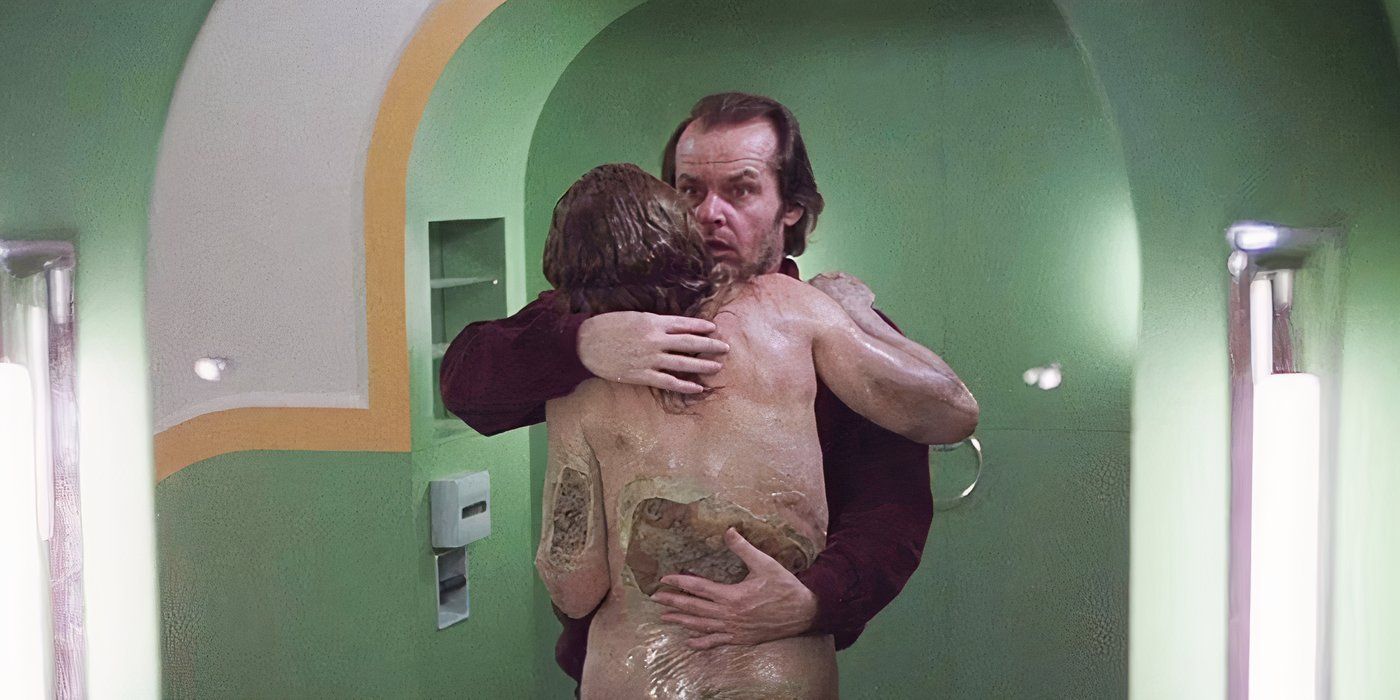
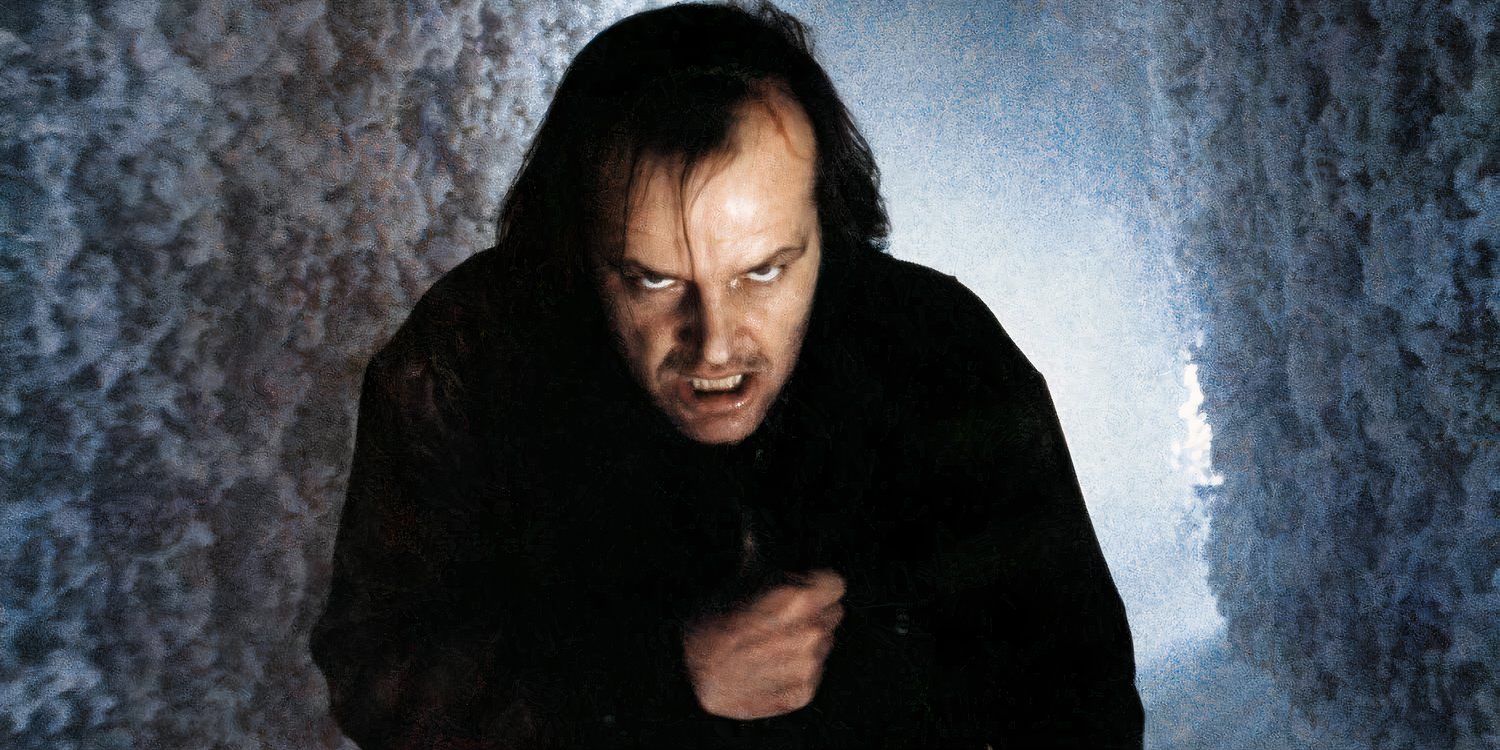
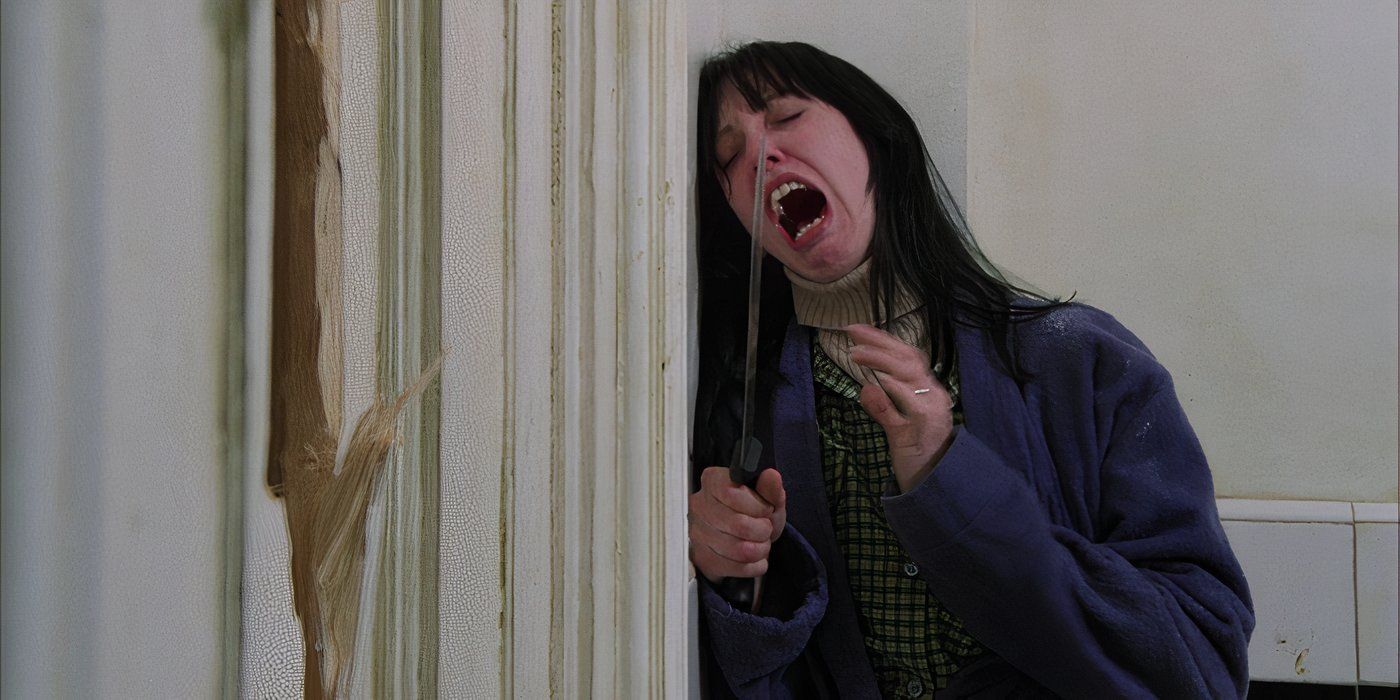
Stanley Kubrick excels at creating suspense, whether it’s in science fiction masterpieces such as “2001: A Space Odyssey” or the eerie ambiance of “Eyes Wide Shut.” However, it is his adaptation of Stephen King’s famous horror novel—”The Shining”—that truly stands out. With Jack Nicholson portraying the character Jack Torrance, a writer who spirals into madness and terrorizes his wife and son, this film leaves no room for compromise.
At first, critics harshly criticized The Shining for its overpowering gruesome visuals. Yet, in time, it transformed into a cult favorite. Over the last few decades, it has consistently been included on top horror lists and is now acknowledged as a prime example of slow-burn horror. The elevators filled with blood and the spirits of slain twins are indeed frightening, but what truly captivates audiences is Jack Torrance’s harrowing journey, which takes us on an unrelenting trip through the darkest depths of psychological torment.
Read More
- Clash Royale Best Boss Bandit Champion decks
- Mobile Legends November 2025 Leaks: Upcoming new heroes, skins, events and more
- The John Wick spinoff ‘Ballerina’ slays with style, but its dialogue has two left feet
- Stocks stay snoozy as Moody’s drops U.S. credit—guess we’re all just waiting for the crash
- Bentley Delivers Largest Fleet of Bespoke Flying Spurs to Galaxy Macau
- Delta Force Best Settings and Sensitivity Guide
- Kingdom Rush Battles Tower Tier List
- Clash of Clans: How to beat the Fully Staffed Challenge
- ‘Australia’s Most Sexually Active Woman’ Annie Knight reveals her shock plans for the future – after being hospitalised for sleeping with 583 men in a single day
- Bealls & Flexa: Bitcoin Bonanza at 660+ Stores! 🛍️💰
2025-04-29 05:25